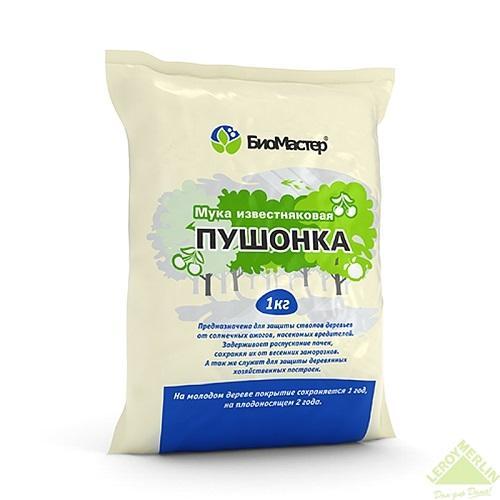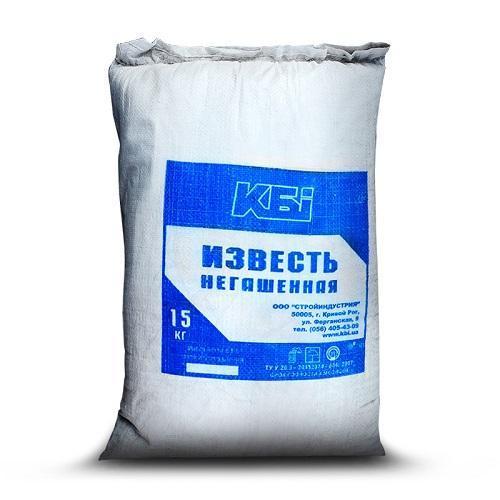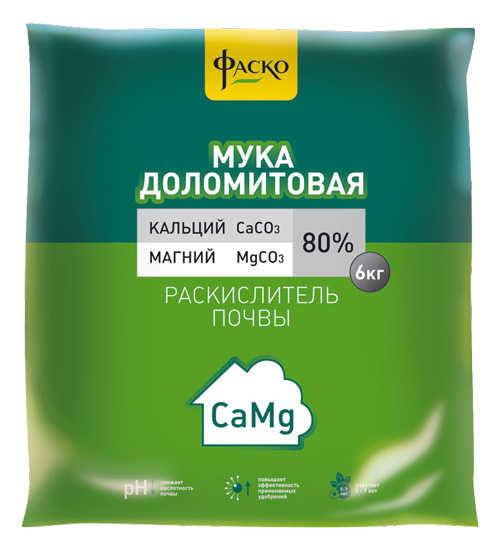Lime fertilizers for soil deoxidation
Almost all crops need nutrient soil with low or neutral acidity levels. However, such a composition of the soil is a rather rare occurrence, since mainly soil with high acidity is found. It is then that lime fertilizers come to the rescue of agronomists, gardeners, gardeners and even flower growers.
This type of fertilizer is a special material that is used to neutralize the acidity of the soil, as well as to saturate it with calcium, which is necessary for the active development of plants.
To determine which fertilizer is best used for a particular soil when growing various crops, you need to familiarize yourself with the main types of lime fertilizers, their characteristics and application features.
Types of lime fertilizers
Lime fertilizers are divided into three groups depending on which natural breed they were extracted from:
- hard (rocks that require additional grinding or burning), such as limestone, chalk and dolomite;
- soft (do not require grinding) - marl, natural dolomite flour, lime tuff, lake lime;
- industrial waste, which contains a lot of lime (cement dust, shale and peat ash, white flour, defecation mud).
In addition, a group is also distinguished, obtained as a result of processing natural rocks - this is burnt lime (quicklime and fluff).
Application of lime fertilizers
When growing garden crops to reduce soil acidity, the following fertilizers of this type are most often used:
- Slaked lime (fluff). It is introduced into the soil during the autumn or spring digging every three years, with a very high acidity - annually. The norm for clay soil is from 4 to 10 kg per 10 sq. m., and for sandy - a maximum of 2 kg for the same area. Also used for insect control (per 1 sq. M. - no more than 500 g of fluff) and whitewashing trees.

- Quicklime... It is used to destroy weeds on heavy soils.

- Dolomite flour (crushed dolomite). It is used for liming the snow cover, if it is not more than 30 cm, as well as for applying to greenhouse ridges before planting. The norm is 500-600 g per 1 sq. m. for soil with high and medium acidity, and 350 g - with low. When liming greenhouse beds - no more than 200 g.

- A piece of chalk. Used for spring liming, the maximum dose is 300 g per 1 sq. m. acidic soil.

- Marl. Suitable for light soil, brought in for digging together with manure.

- Calcareous tuff. It contains about 80% lime, it is used in the same way as marl.

- Lake lime (drywall). Contains 90% lime, applied together with organic matter.
The lime fertilizers listed above can be used simultaneously with manure (except for fluff).